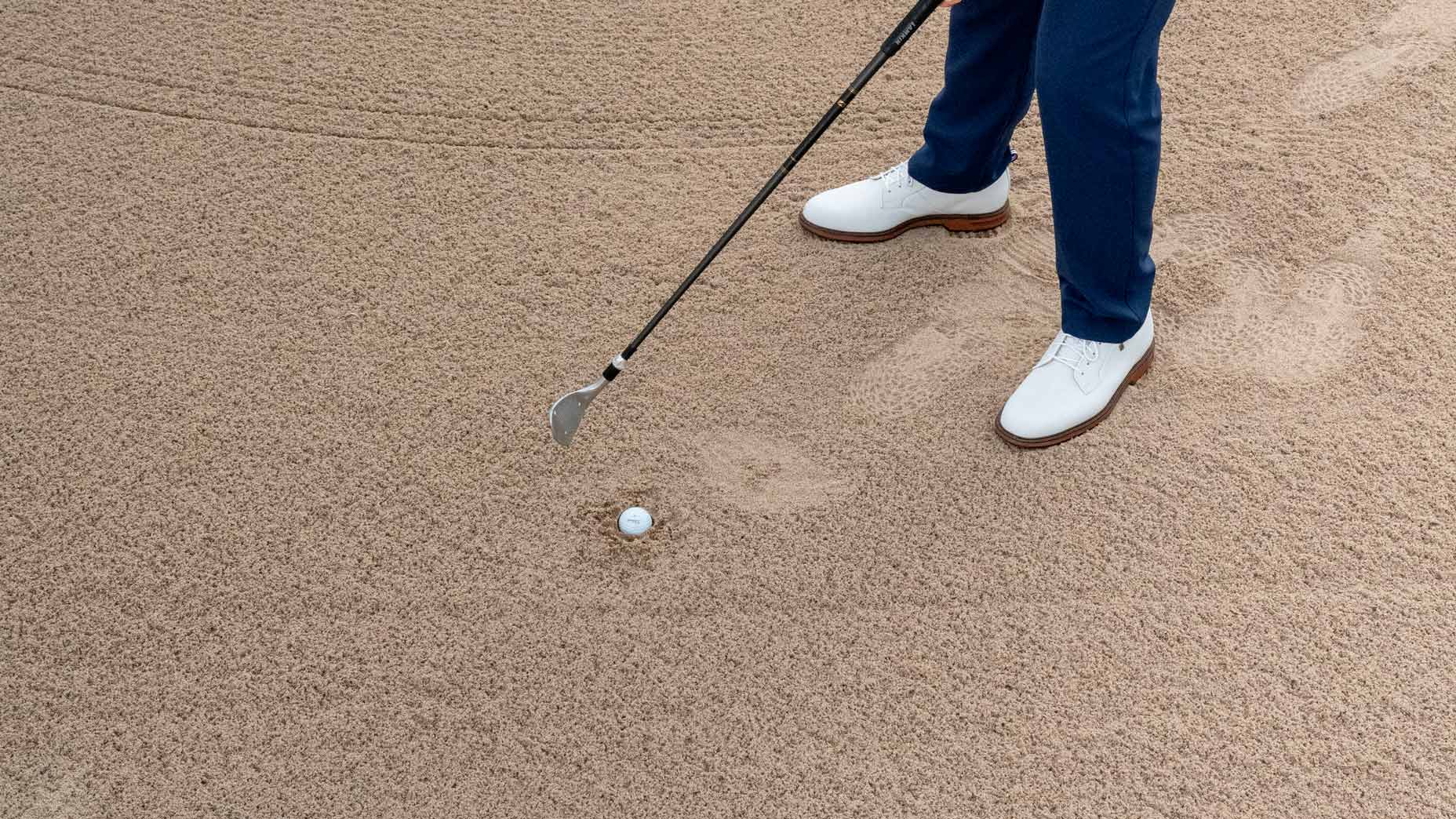This common error is costing you crucial driving distance
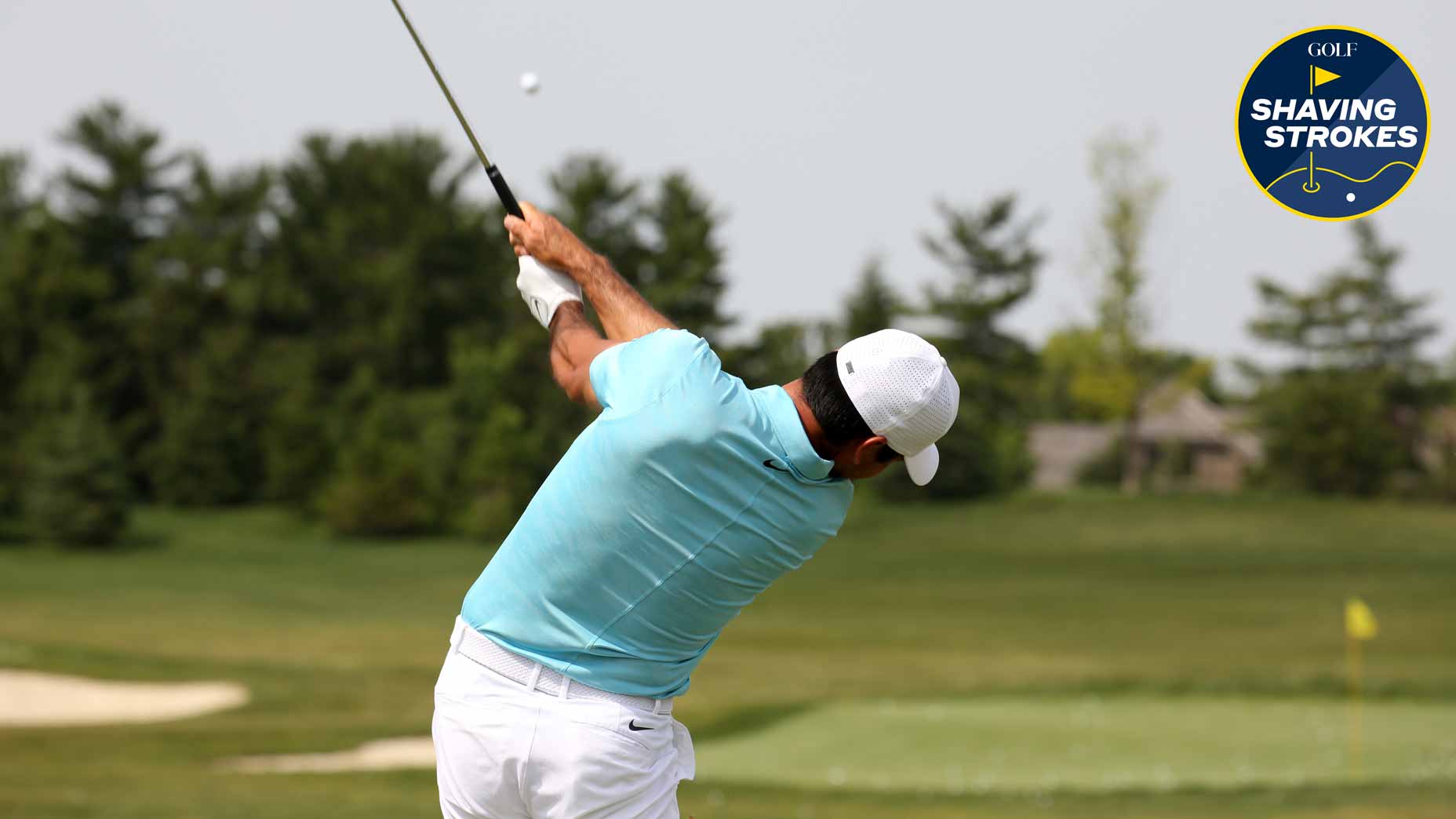
GOLF Top 100 Teacher Tina Tombs shares how using a power pivot in the backswing will lead to finding the maximum distance with your driver.
Getty Images
Welcome to Shaving Strokes, a new GOLF.com series in which we’re sharing improvements, learnings and takeaways from amateur golfers just like you — including some of the speed bumps and challenges they faced along the way.
Every golfer is obsessed with driving distance, and for good reason, as it can lead to closer approach shots and opportunities for lower scores.
But there’s an issue with many amateurs who are trying to hit it farther — they aren’t using the proper moves in the golf swing to maximize their power, which often results in mishits or actually costs players distance.
So what can a player do to help boost their driving distance? According to GOLF Top 100 Teacher Tina Tombs, using more of a power pivot to efficiently improve your golf swing will help the most.
As someone who has personally struggled to rotate all the way back for years — which causes my swing sequence to be way off — it’s taken me some time to really understand how to properly transfer my weight and use my hips for power. But slowly and surely, I’m starting to figure it out (as the video below from a recent lesson demonstrates).
If you’re someone who can relate to this common problem, take a look at Tombs’ instruction below, which explains how to use a power pivot in order to see the distances you want with the driver.
By doing this, you’ll keep the club more on-plane, square up the face, and will be able to generate the swing speed necessary to increase length off the tee.
How to find your power pivot in the backswing
“Every golfer needs to pivot in their backswing, but not everyone pivots with the same amount of pressure to the trail foot and hip,” says Tombs. “When a golfer is pivoting incorrectly, they will lose both power and control of their golf ball.”
According to Tombs, there are three possible pivot styles, so understanding how your body naturally moves is the key to unlocking your potential for power.
A quick and easy way to screen yourself is by doing the following:
1. Get into good golf posture by bending from the waist until your middle fingers touch the top of your knee.
2. Put the club across your thighs and move your right hip back and away, keeping the club on your thighs the entire time. If possible, have someone stabilize your head during this test so it doesn’t move.
Now that you have an idea of how to test yourself, Tombs demonstrates the three power pivot styles below.
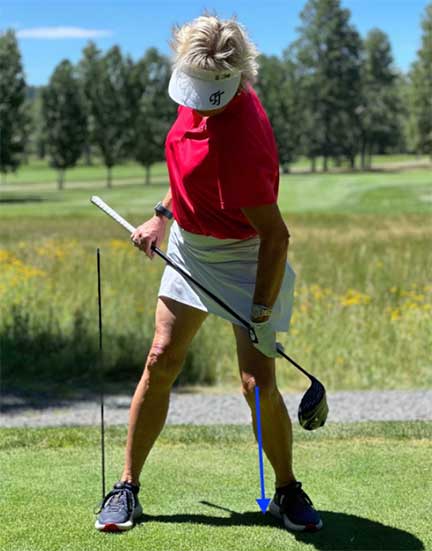
1. Front post
Front post golfers like Bryson DeChambeau, Ben Hogan or Na Yeon Choi prefer to stay more left on the backswing. This will result in the left knee staying more on top of the left foot.
Players who have this style will use more launch/verticals, so they need to work on their side bend to swing up on the ball. By doing so, this will help create their power while still incorporating lateral and rotation in the golf swing.
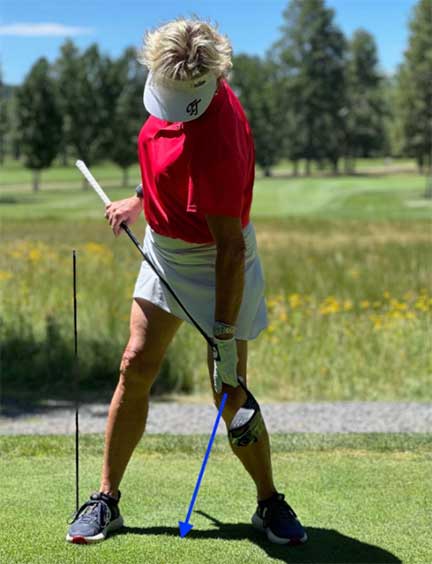
2. Center post
Players like Tiger Woods and Nelly Korda are two examples of center-post players — who glide a moderate amount onto their trail leg in the backswing. By doing this, it will result in the left knee moving more toward the inside of the left foot. This is a very common pivot style, and will be very traditional.
Players that use this pivot style will utilize rotation as their main power source, so the hips become extra important both in the backswing and full swing. They’ll also be using the lateral and vertical forces in their golf swing, so timing is critical — if they shift too little or too much, their timing will be thrown off.
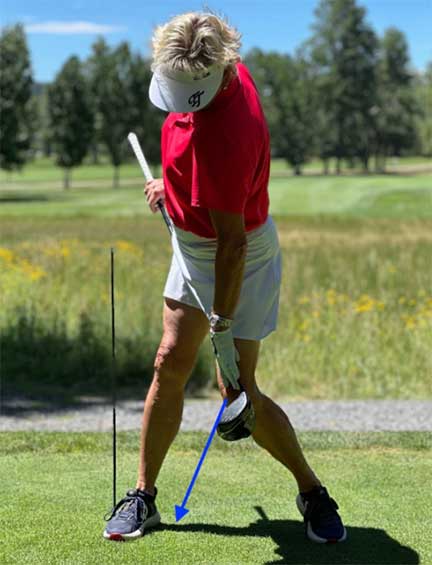
3. Rear post
Players like Gary Woodland and J.B. Holmes are both rear-post golfers, which are players who like to shift 75 percent of their weight to their trail leg in the backswing. They then use lots of lateral force on the downswing to get back to center and into position at impact.
When done properly, this will result in the left knee moving more toward the right in the backswing, with glide being their main power source. These players will use lateral force on the downswing in order to get back into position at impact. These types of players also use rotation and vertical forces for increased power.
SuperSpeed Golf Training System
$379.99
View Product





